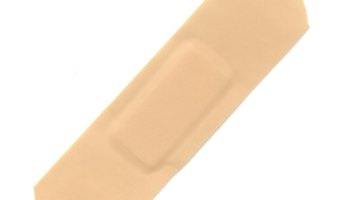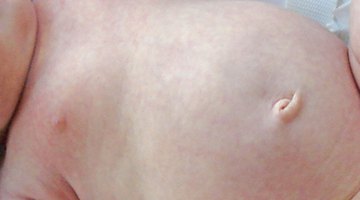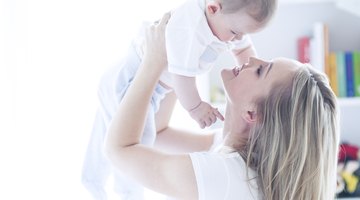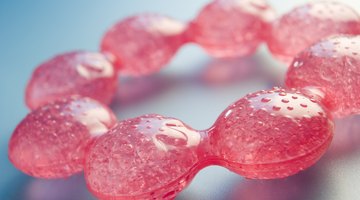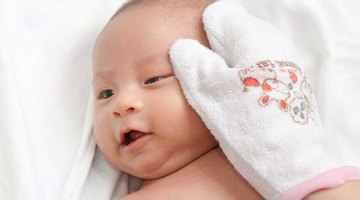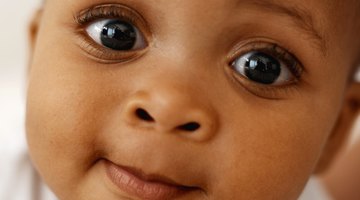What Happens if You Get a Newborn's Umbilical Cord Wet?
The umbilical cord is your baby's lifeline inside the womb.
After you deliver your baby and the umbilical cord is cut, a small stump remains on his belly button that will fall off by itself within two to three weeks. Caring for the surrounding area and the stump properly helps prevent potentially serious infections.
Most pediatricians advise parents to keep the stump dry. However, some says it's OK to wash it with soap and water, so if it gets wet, parents simply clean it and allow it to dry.
Umbilical Cord Care
WebMD says that some pediatricians advise against giving your baby a sponge bath until the umbilical stump has fallen off, but others say it is OK to completely submerge the stump in bath water. You should follow whatever instructions your pediatrician gives you; each child and each situation is different. Some may advise using alcohol and a cotton swab to clean around the base of the stump, taking care to keep the stump dry. Others may tell you it is fine to wash the area with gentle soap and water. You should clean the area regularly throughout the day, with most providers recommending a cleaning at each diaper change and at bath time.
What to Do If It Gets Wet
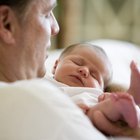
How Long Does It Take a Newborn's Umbilical Cord to Fall Off?
Learn More
Even if your pediatrician tells you that it's OK to get the umbilical stump wet, all providers agree that the area should not be allowed to remain wet. If you have given your baby a bath, or if the stump has become wet in another way, clean the area if necessary and gently pat it dry with a cloth.
Fold the top of the diaper over so that the stump is not covered and can continue to air dry, recommends Cincinnati Children's Hospital, or use a disposable newborn diaper that has a cut-out for the umbilical cord. Any clothing you dress your baby in should be loose to help the area dry.
Ongoing Care
Continue to keep your baby's umbilical cord clean and dry every time it becomes wet. Cincinnati Children's Hospital says it is important to change your baby's diaper frequently -- after every feeding, at least -- to ensure that a dirty diaper does not come in contact with the umbilical stump, potentially leading to infection. If the stump begins to fall off, let it detach by itself.
Do not pull off the cord, even if it seems like it is holding on by only a string. Doing so could cause bleeding and infection.
When to See a Doctor

Belly Button Discharge in Newborns
Learn More
If you see signs of infection, call your pediatrician or another healthcare provider immediately. Some signs of infection may include yellowish or foul smelling discharge from the cord stump, redness around the belly button, swelling and fever, according to WebMD. If your baby seems uncomfortable when you touch the area, that could also be a sign that something is wrong. Persistent drainage from the area, even if it does not smell, can also be a bad sign.

